
The worm gearbox, also known as a worm drive, is a crucial component in various industrial and mechanical applications, including those in the aviation sector. This article delves into the basic concepts of a worm gearbox, its significance in the industry, and its application in ultralight aircraft control systems.
Deciphering the Working Principle of Worm Gear Reducer
The worm gear reducer is an integral part of the worm gearbox, playing a pivotal role in transmitting torque and motion. It comprises two key components – a worm (the driving gear) and a worm gear (the driven gear). These two elements intermesh in such a way that the rotational motion of the worm gear is significantly reduced while its torque is amplified, thus providing the much-needed control in applications like ultralight aircraft systems.
Exploring the Basic Structure of Worm Gearbox
The Worm and Worm Gear
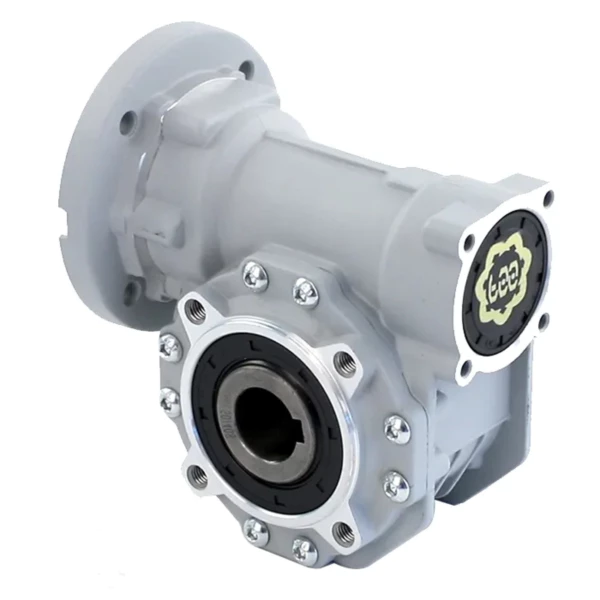
The worm and worm gear are central to the working of a worm gearbox. The worm, which is the driving gear, meshes with the worm gear, creating a compact and efficient gear system.
The Input and Output Shafts
The input shaft, connected to the worm, is where the rotational motion begins. This motion is then transferred to the output shaft via the worm gear, enabling the desired mechanical action.
Applications of Worm Gearbox
Worm gearboxes are most commonly found in applications where large torque requirements, compactness, and quiet operation are necessary. One such application is in the control systems of ultralight aircraft.
Why Worm Gearbox is Suitable for Ultralight Aircraft Control Systems
-
High Torque: Ultralight aircraft control systems require high torque to ensure smooth and effective operation. Worm gearboxes are known for their high torque capabilities.
-
Compactness: Given the limited space in ultralight aircraft, the compact design of worm gearboxes makes them an ideal choice.
-
Quiet Operation: Worm gearboxes operate quietly, making them suitable for use in aircraft where noise reduction is critical.
-
Efficiency: Worm gearboxes are highly efficient, ensuring optimal performance of the control systems.
-
Easy Maintenance: Worm gearboxes require minimal maintenance, making them cost-effective for long-term use in aircraft control systems.
Characteristics and Advantages of Worm Gear Motor
Worm Gear Motor, a key component of the worm gearbox, boasts various features and benefits. These include high torque output, compact design, quiet operation, and excellent durability. Moreover, it offers flexibility in mounting and can be easily integrated into different systems.
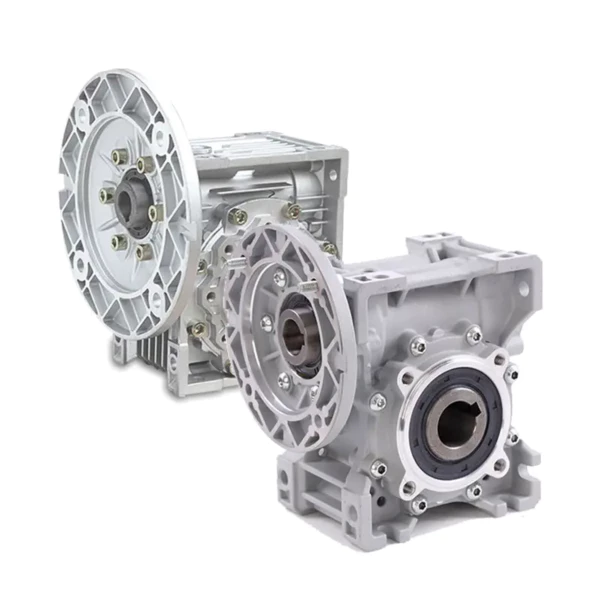
Choosing the Right Worm Reducer for Your Application
When selecting a worm reducer, it’s essential to consider factors such as torque requirements, space constraints, noise levels, efficiency, and maintenance needs. It’s also crucial to understand the standard selection criteria and methodologies to ensure optimal performance.
Motors for Worm Gear Reducers
The motor and worm gear reducer in a worm gearbox work hand in hand. Their interdependent relationship plays a critical role in the overall efficiency and effectiveness of the system. As a reputable company, we also offer electric motors to complement worm gear reducers.
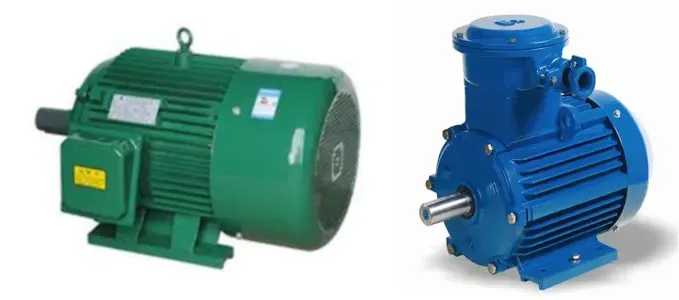
About Our Company
We are a trusted manufacturer of transmission equipment, with over 15 years of experience in the design, production, and sales of gearboxes. Our products, including the MRV series worm gear reducer, GV series gear reducer, and many others, have found widespread usage in various industries, earning us a strong reputation in Europe, America, Africa, and Asia.
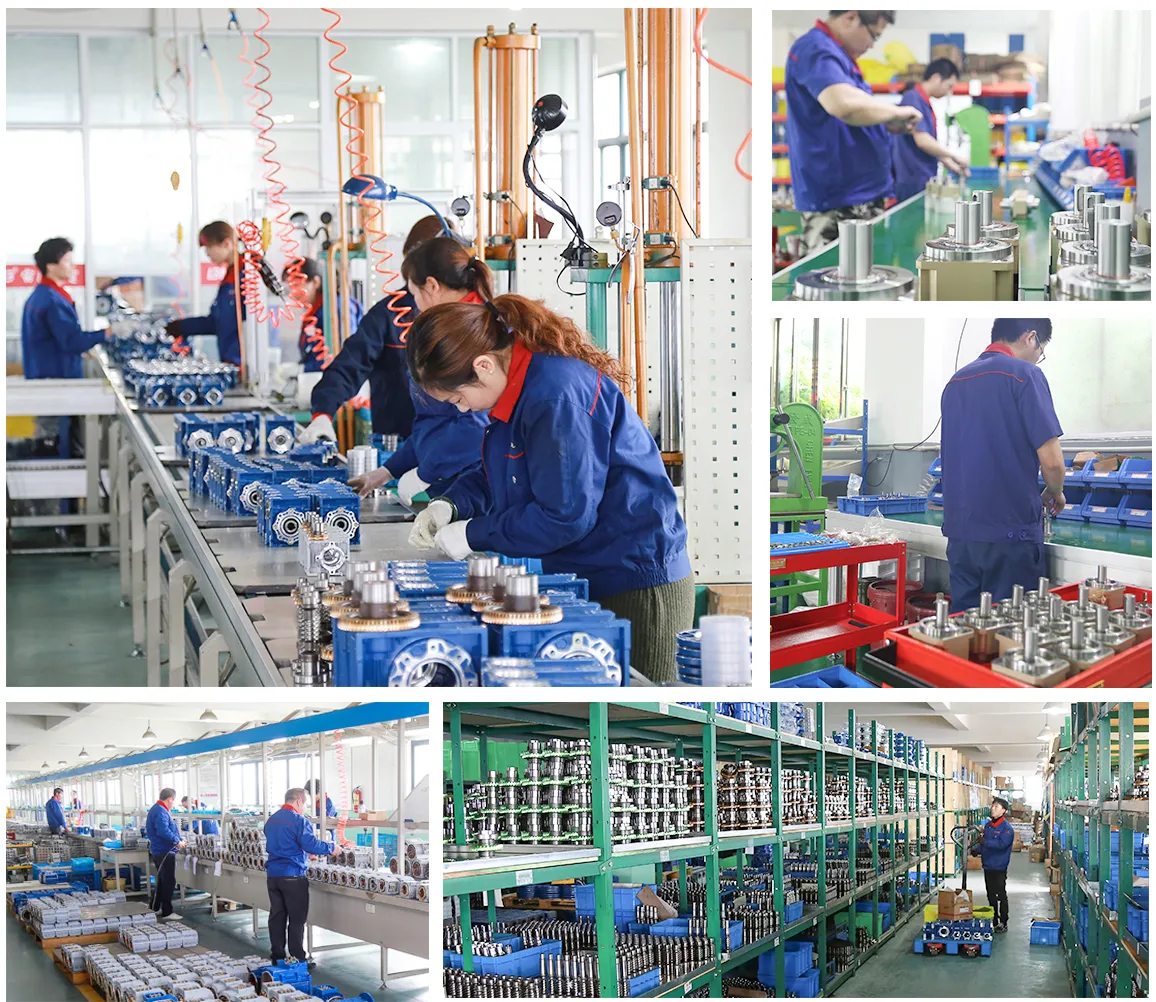
FAQs
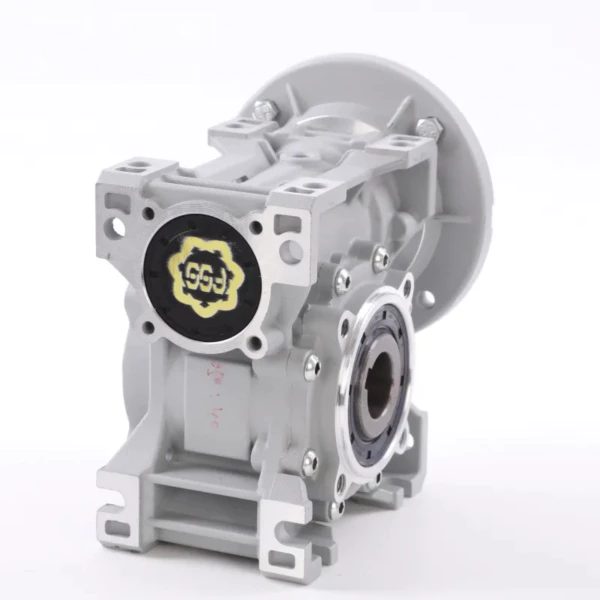
-
Q: What makes worm gearboxes suitable for ultralight aircraft control systems?
A: Their high torque output, compact design, quiet operation, and easy maintenance make them ideal for this application. -
Q: How does a worm gear reducer work?
A: It works by meshing a worm with a worm gear, thus reducing the rotational speed and increasing the torque. -
Q: What factors should I consider when choosing a worm reducer?
A: Consider factors such as torque requirements, space constraints, noise levels, efficiency, and maintenance needs.
Edited by Zqq.